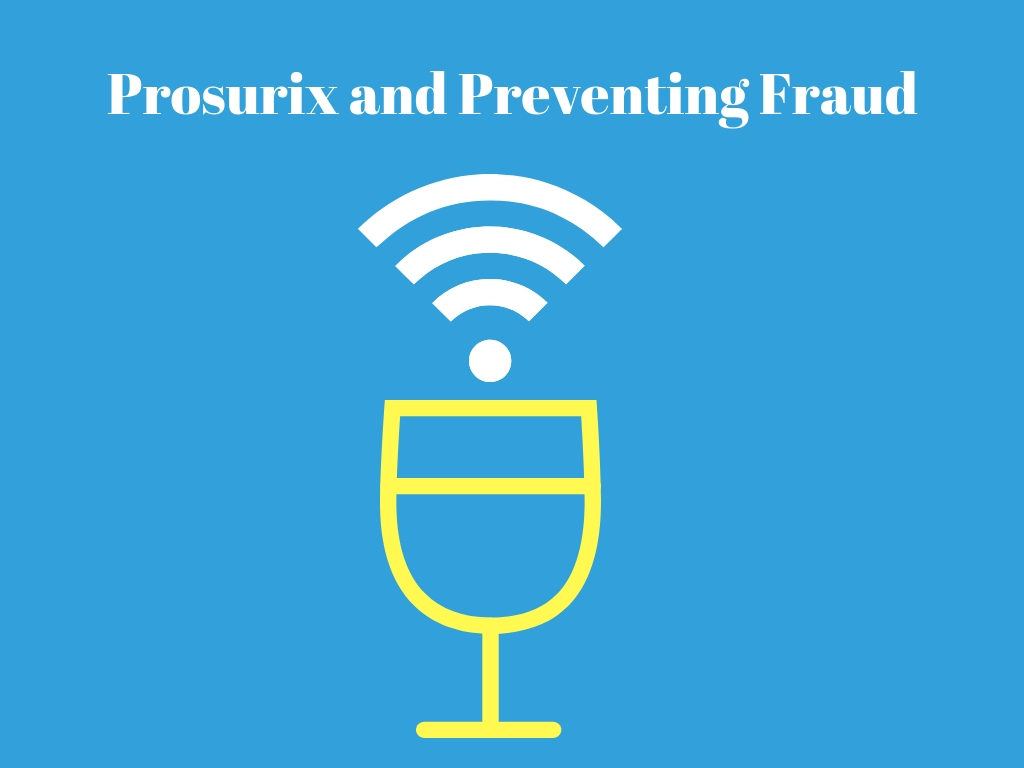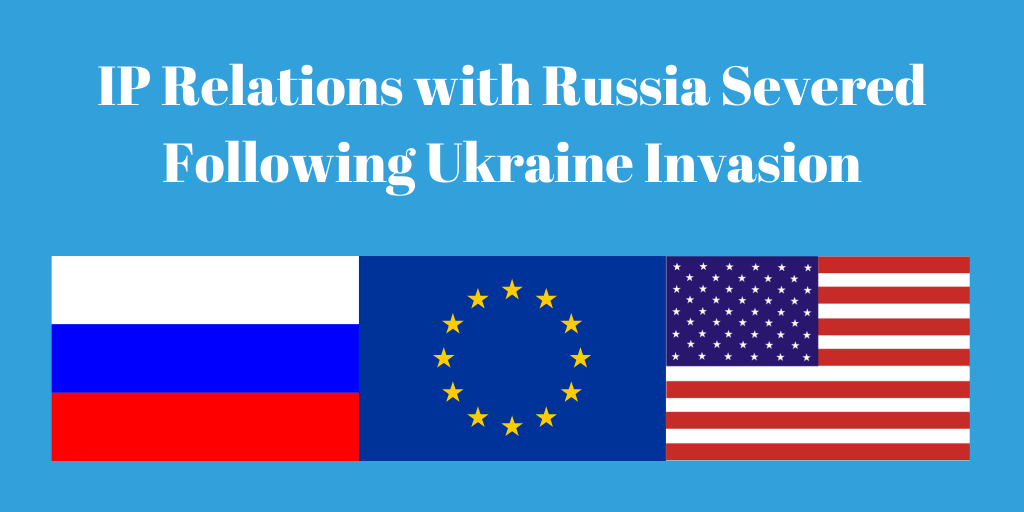Prosurix and Preventing Fraud
Wine has been enjoyed throughout the ages and throughout the world. Wine is also sold about anywhere, and with the advent of the internet and online shopping, wine can also be purchased online. But like anything else that can be bought on the internet, you may run the risk of buying counterfeit wine.
It’s hard to judge the authenticity of wine when you can only see the product after it’s delivered. Moreover, at times, only an expert can tell whether the wine is authentic or not.
A growing recognition.
This problem has not gone undetected. Steve Glamuzina, owner of Georgetown Wine and Spirits in Williamsiville, New York saw this problem when “he heard about the counterfeiting of the famed Italian wine, Sassicaia, and rampant counterfeiting of other collectible and expensive wines.” In response, Steve Glamuzina created a solution to tackle the problem.
To read more about Steve Glamuzina, click here.
A new solution: Prosurix
Steve Glamuzina’s solution is called Prosurix, a patented invention that will help determine the authenticity of wine.
Prosurix is a “bottle fraud system and method encapsulates a wireless communication tag into a bottle to ensure the authenticity of the bottle. The tag stores information about the bottle. The tag is physically integrated into a bottle stopper through encapsulation by multiple layers of a polymer film and a wax composition. The physical condition to the bottle stopper or the layers serves as an indication of whether tampering has occurred. The information in the tag is accessible through a reading device. The reading device communicates with a database that stores information about the bottle and analyzes the probability of fraud with an algorithm. The algorithm analyzes the information about the bottle, such as shipping history, contents and location, to predict whether fraud is likely. Thus, both the physical condition of the bottle, and the predictive capacity of the algorithm help detect fraud on the bottle.”
Click here for the Prosurix website.
In other words
In other words, Prosurix is an invention that uses a wireless tag or chip that contains information about the wine. The tag is inside the bottle stopper and can be read by a smart phone with an app. After reading the tag, the smart phone can access a database that has information about the bottle and uses a formula to determine the probability of the bottle being authentic. The formula also looks at the bottle’s shipping history, content, and location, to help determine authenticity or fraud.
Pretty neat, huh?
Click here to read the Prosurix patent
Why is preventing counterfeit important for intellectual property
We all know that most counterfeit goods are inferior when compared to their authentic counterpart. Low quality inferior goods don’t last long and can be a waste of money. But counterfeit goods can also affect intellectual property rights. Trademark rights are probably the most adversely affected when it comes to intellectual property and counterfeits.
Why trademarks
Trademark law protect source identifiers such as logos, brands, and slogans. Logos and brands communicate to the consumer the quality of the product or service. For example, think Coca Cola. Every time you drink one, you already know what it tastes like. But consumers can’t readily determine a product’s quality when there are counterfeit goods that differ in quality. Being unable to readily determine a product’s quality would then hurt consumer goodwill.
Geographic indicators and trademark law
Trademark law also protect geographic indicators. Geographic indicators are marks stating that the product or service comes from a specific location and that it has a particular quality. One example would be Kobe beef. Kobe beef comes from Kobe, Japan. But Kobe beef also comes from a particular breed or strain of Wagyu. Thus, when a consumer thinks of Kobe beef, they think of Kobe in Japan and the specific type of Wagyu. There are strict standards as to how to raise and prepare the Kobe.
How would counterfeits impair and hurt the distinctiveness of geographic indicators?
Let’s go back to the Kobe beef example. Imagine going to the supermarket and buying a counterfeit beef product claiming to be Kobe beef. The counterfeit beef product isn’t the same strain of Wagyu and isn’t prepared the same way and will be low quality. The consumer will think that real Kobe beef is low quality from the impression they gained from the counterfeit product. This would impair the goodwill and impression the real Kobe beef.
Thus, massive amounts of counterfeits could really hurt a product’s goodwill. Losing consumer goodwill could hurt sales and revenues. There are several geographic indicators for wine, so counterfeits could really hurt the wine industry.
Tying it back to Prosurix
Prosurix helps prevent the loss of consumer goodwill by helping consumers determine which product is authentic. If consumers can readily determine which products are authentic, they not only get their money’s worth, but their impression of the product is also maintained. Both consumers and manufacturers will be much happier with less counterfeits on the market.
What are your thoughts on Prosurix? What about trademark law and geographic indicators? Leave a comment below to let us know what you think!
Interested in more intellectual property? Here’s a video!
Sign up today!
Does this article interest you? Subscribe to the LoTempio Law email newsletter to receive posts and updates just like this conveniently in your email box!
If you’ve enjoyed this blog post, we have lots more where this came from, including an Inventors Guide Video Series where we help you turn your good idea into a profitable invention, and tons of other great content. Simply enter your email address and hit sign up and you’ll get everything, including blog posts like these, conveniently in your email box!
Have any questions? Give us a call at 1-800-866-0039. Consultations are FREE.
Disclaimer: This article is not legal advice. It is only for educational or entertainment purposes only. Please do not use the article or contents of the article without permission. For legal advice and questions, please contact registered Patent Attorney Vincent LoTempio.






